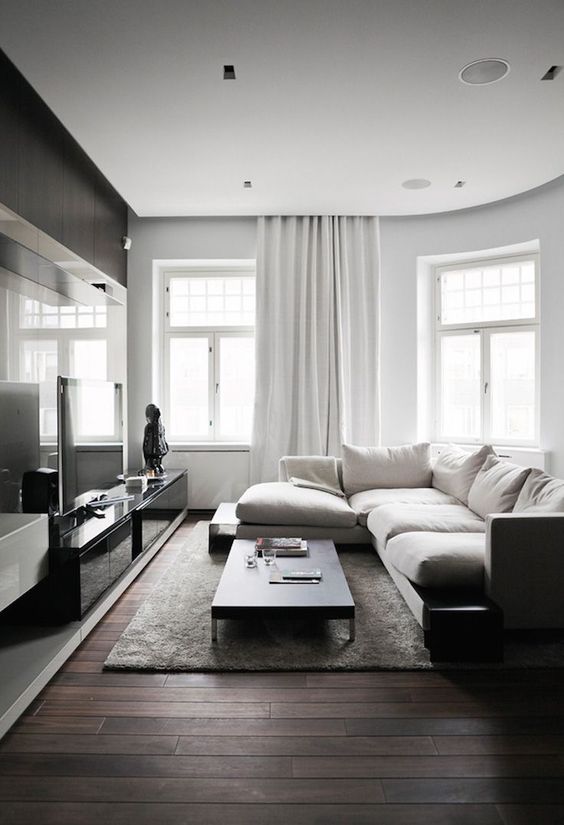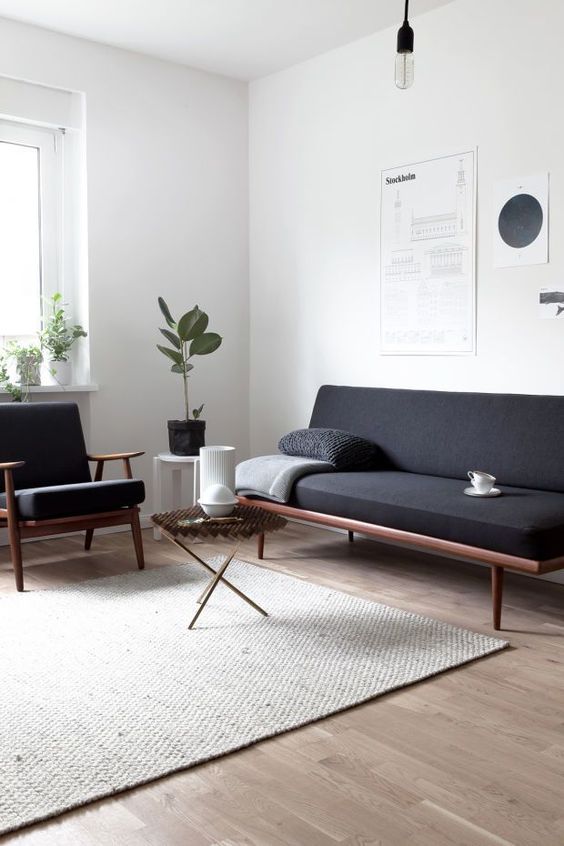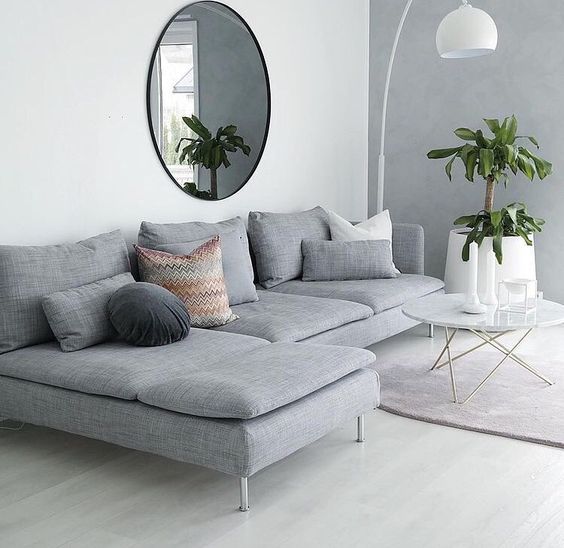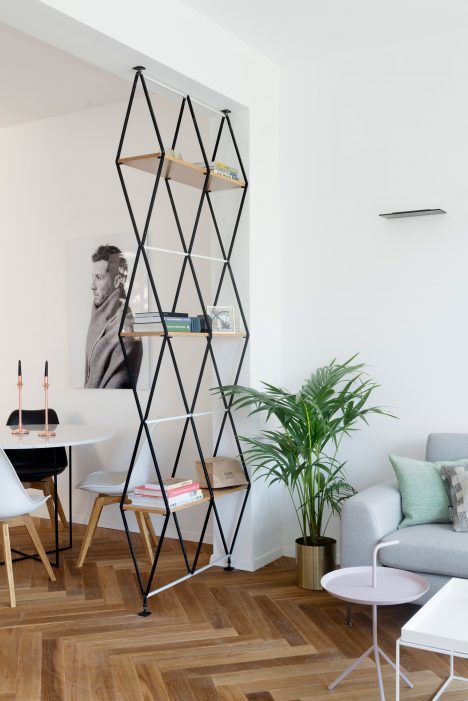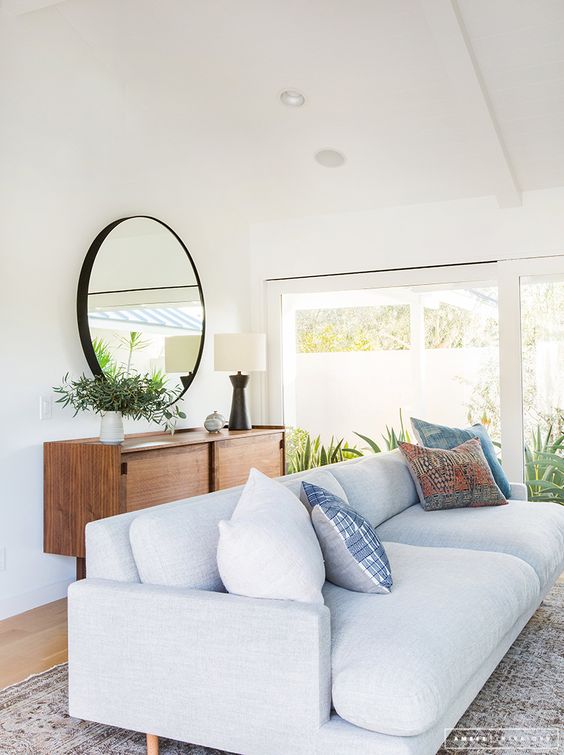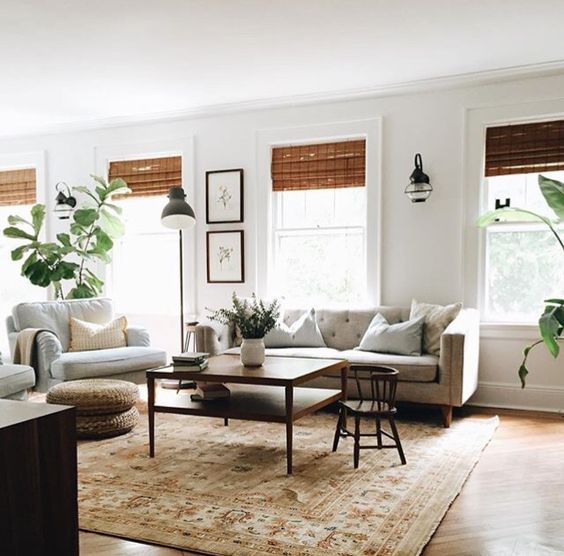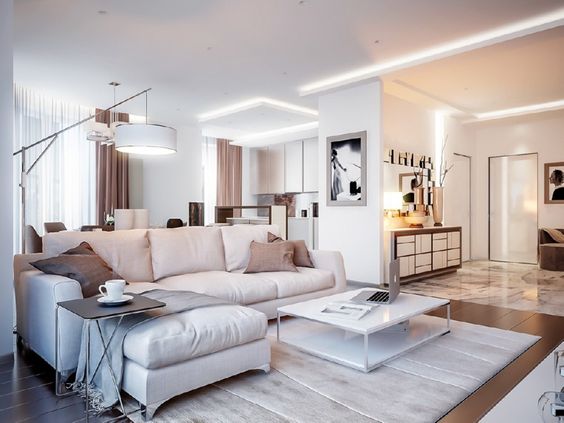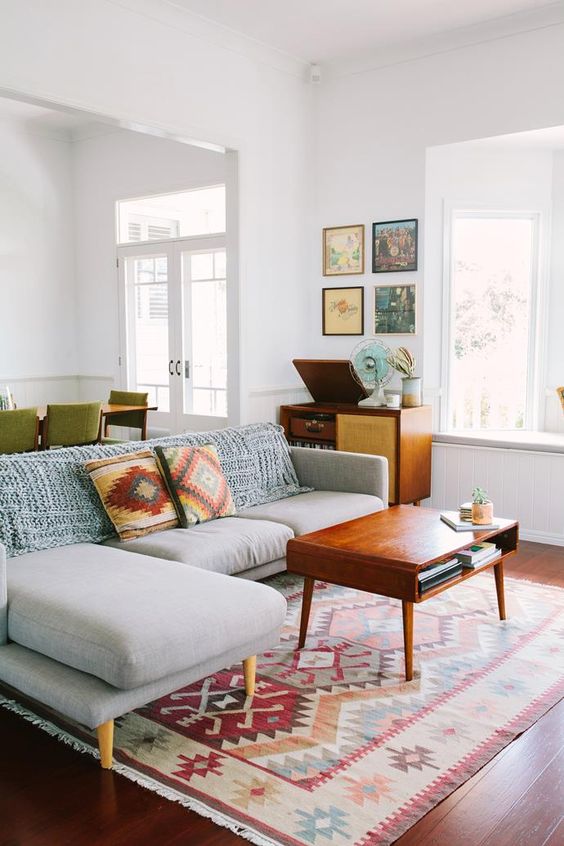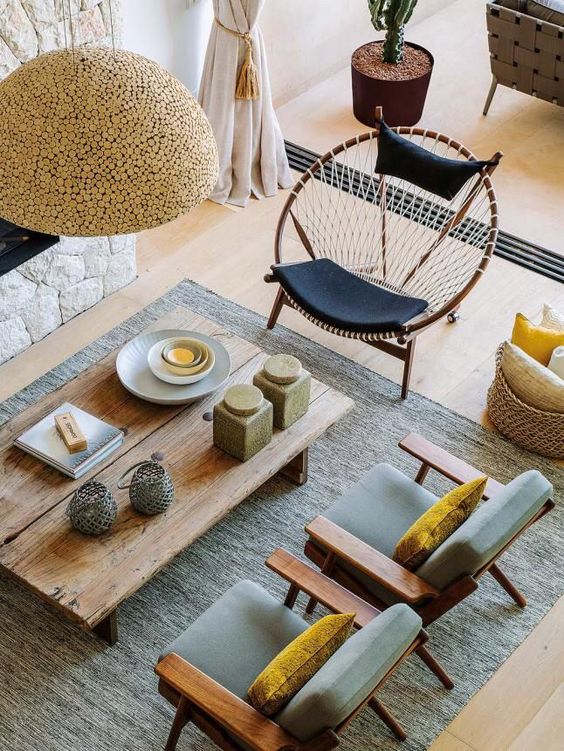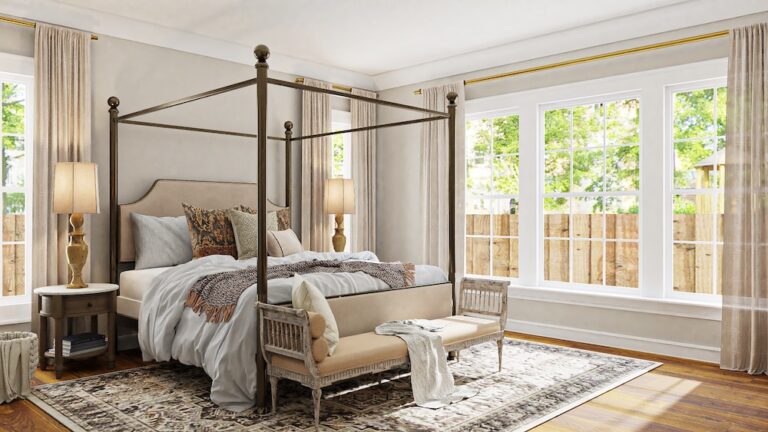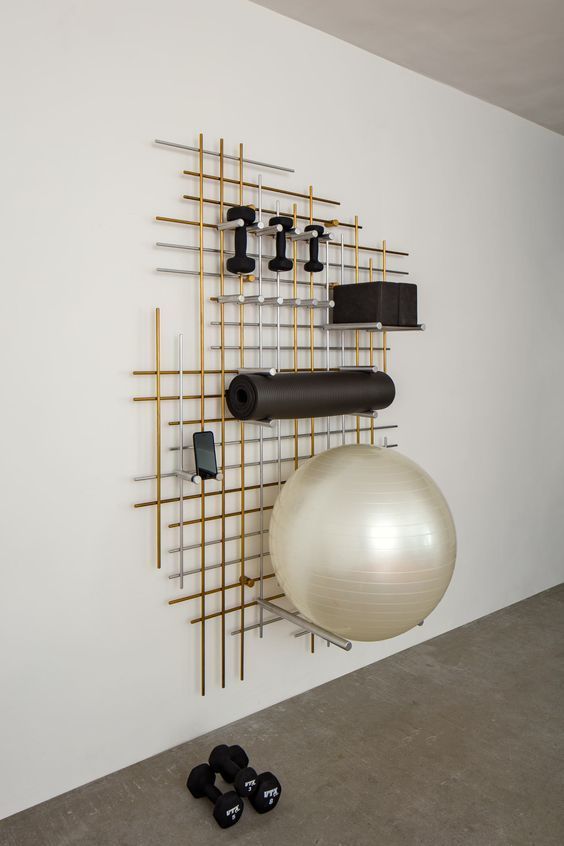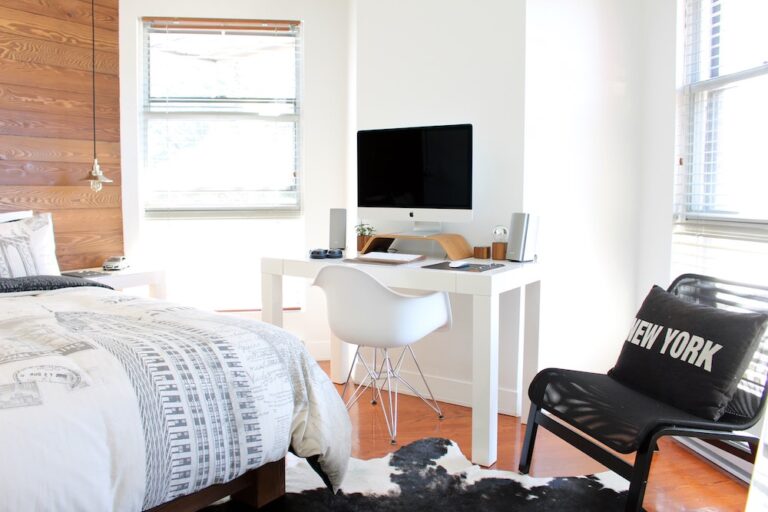Creating a Minimalist Living Room
If you assume minimalism in architecture and design just means large white spaces with few objects, little furniture, and cold lighting, you should give your imagination a wake-up call. Instead, take stock of some of the elegant, stylish, bright and positively warm living spaces that are created using minimalist design techniques and features. Then explore ways in which you can change your living room to reflect the style.
Simplicity itself
Architects who employ the concept of minimalism in their building design work aim to strip down every element to achieve simplicity coupled with optimum quality. However, that doesn’t mean the buildings have no ornamentation at all, rather that the tiniest details are reduced to their very essence. Examples are the use of basic geometric shapes and how natural light is used in a building, especially to enhance space. If you’re worried about getting the look right, you can always make use of the online e-design service to help you plan properly, so that the dimensions of your room, your furniture, and your floor space are all taken into account.
Color
White is not the only color that is successfully used in minimalist living rooms, although paler hues are of course closer to the original concept. There are some fabulous examples using varying shades of gray, combined with natural wood; cream with warm, earthy tones; and, pops of bright colors such as lime and yellow scatter cushions or bouquets of fresh flowers.
Space
Opening up space in your living room is the key to setting the tone for your entire home. In larger rooms, you can use your furniture to provide room dividers, so you avoid the ‘cold open space’ look in favor of the ‘cozy and spacious’ one. Hard, shiny flooring is usually the preferred choice because it reflects light and has an easily cleaned surface. Having said that, if space permits you can use an area rug to define specific points. Neutral, plain colors work well or if you prefer a rug with a design try opting for geometric shapes that blend with your décor or furniture, or both.
Light
It has to be said that achieving a creatively beautiful minimalist design scheme in a small, dark north-facing living room is tricky unless you are particularly ingenious, very wealthy or willing to sacrifice your comfort. One option is to essentially create a ‘white box’ and use mirrors to make the most of any natural light. However, it may be difficult to furnish this kind of living room successfully unless you live alone and have few visitors.
When it comes to natural light, installing window shutters is a gift to every minimalist designer. If you visit Shutters.co.uk, you’ll see the beautiful range of shutter styles available in a wide variety of finishes. You can opt for natural wood tones or painted shutters that are cut to fit your windows perfectly. You can get rid of fussy curtains and blinds, and just like the minimalist architects, pare your living room back to the original vision of sleek and streamlined window openings.
For artificial light, it’s possible to make overhead lighting, wall lighting, floor lamps and table lamps work; but not altogether at the same time. When making your choices, think about the shape and size of artificial lights and the areas they will illuminate to achieve the best effect.
Space
Minimalism is the absence of clutter, so you will have to be very disciplined when it comes to how you handle surfaces, including floor space and shelving, to achieve the right look. Books on a bookshelf are cozy and comforting; however, they will only work in a minimalist room design if they are out of sight, for example behind a cabinet door. Trinkets and suchlike may have sentimental value, however, they are best kept out of your living room unless one, or maybe two, fit with the décor.
Finishes
To avoid creating an echoing space with only hard surfaces, you should introduce some fabrics to soften the impact. For example, use carefully placed fabric scatter cushions on a leather couch or perhaps none at all on a fabric covered one.
Minimalism is a movement that works across music and art as well as architecture and design. It has its roots in America, and there are also other cultures, such as the Japanese and Scandinavian heritage, where it has a strong grasp. To gather ideas and inspiration it is a good idea to take a look at the work of designers in other countries.

